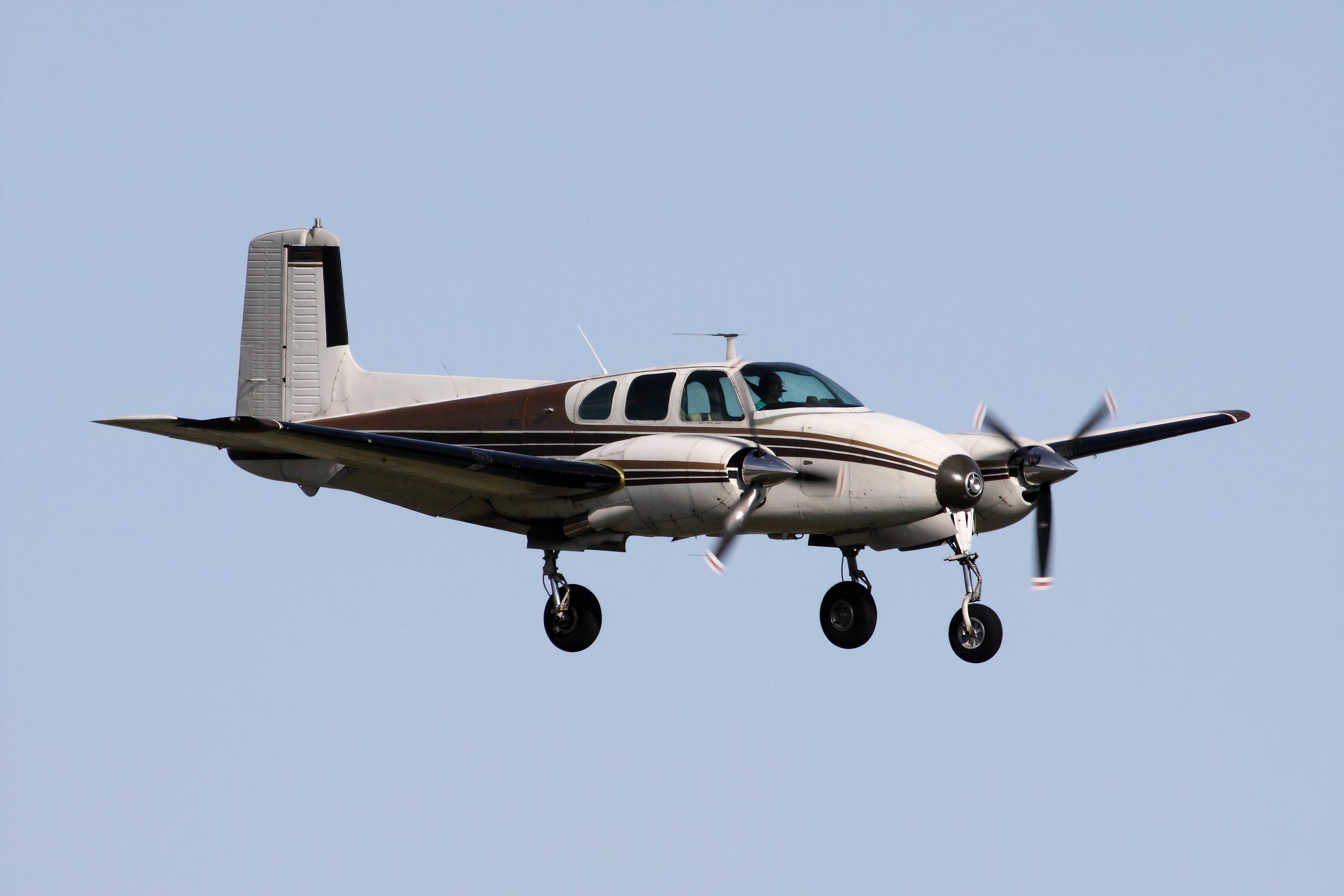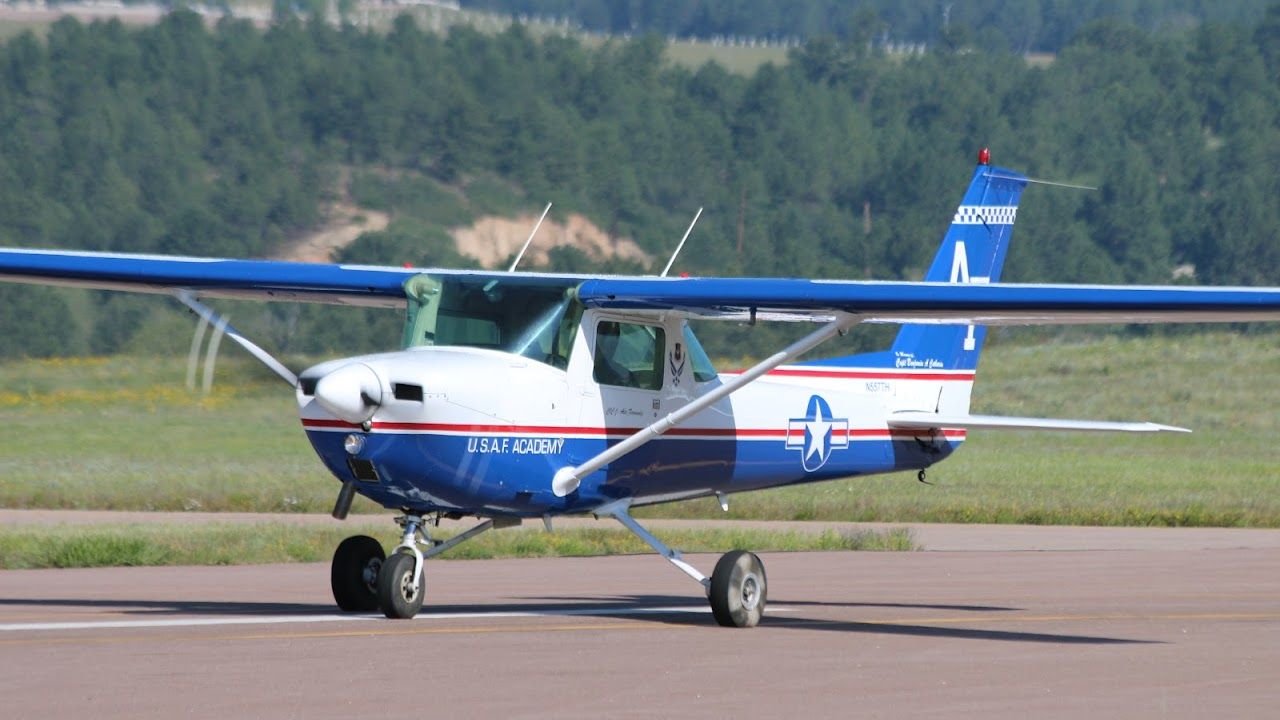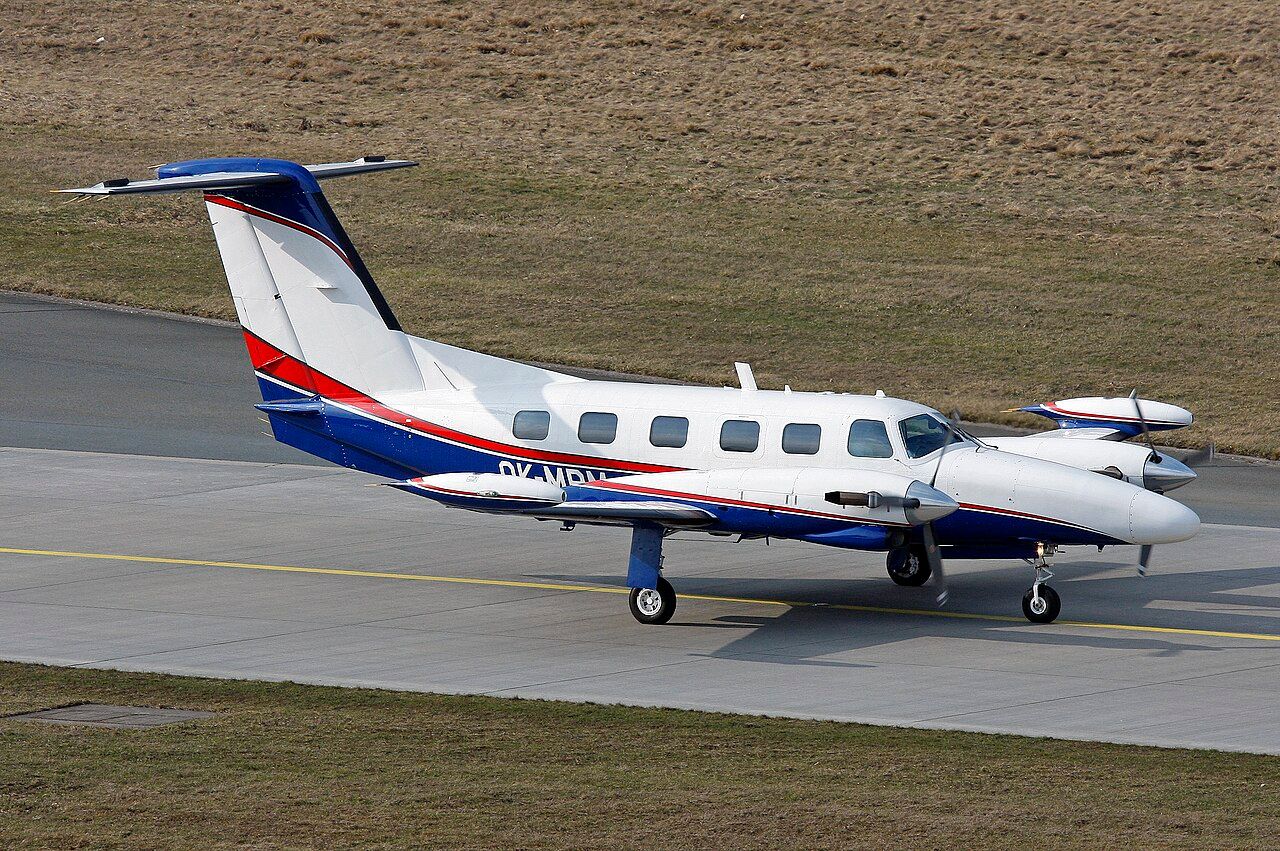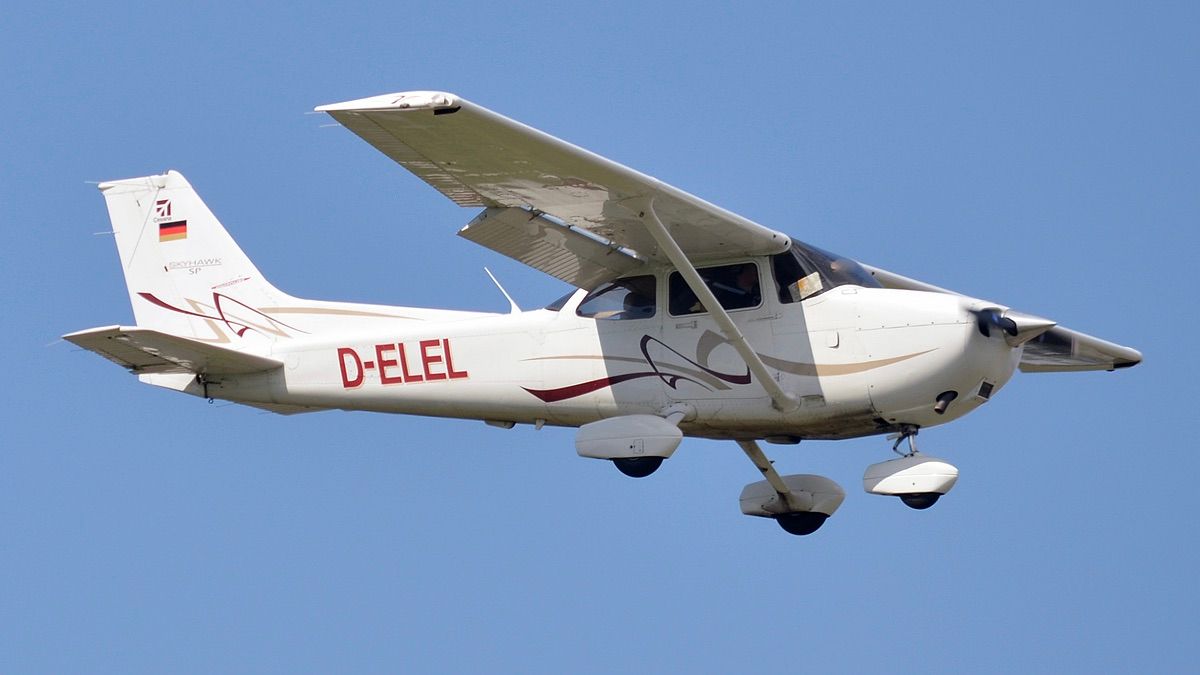Following a 30-year peak in the late 1970s, General Aviation in the United States saw a major decline. Aircraft production began to drop significantly in the 1980s and reached its lowest, to a fraction of the original volume, in the early 1990s. The decline in sales resulted in the loss of over a hundred thousand jobs.
The decline of General Aviation products
- Rising insurance rates
- Restrictions for aircraft manufacturers
- Restrictions for owners and operators
- New rules for maintenance providers
- Accident-liability issues
- Inflation, recession, and rising interest rates
- Investment tax credit termination for light aircraft purchases
In the 1970s, the General Aviation market was at an all-time high. With thousands of aircraft being sold each year, it was a true aviation industry boom, largely held by the light and small aircraft market. Tens of thousands of units were sold each year during the 1970s. For example, in 1978, nearly 18,000 units were produced.
- Market saturation in the light aircraft category
- Competition from foreign aircraft and kit planes
- Decline in consumer discretionary income
- Increased fuel costs
- Real estate competition, and
- Regulatory restrictions
In the years following that, the production began to decline significantly, so just eight years later, in 1986, only 4,000 units were produced. Moreover, in the year 1994 sales were just over 900 units. A large number of factors contributed to the decline, the majority of which included economic and market factors, including restrictions on liability insurance, inflation and recession, market saturation, and restrictions for manufacturers and consumers.
According to a study by Chad Key, published in the Journal of Air Law and Commerce,
“…the prices for new aircraft became so high that the manufacturers found themselves priced out of the market by the late 1980s. There was very little demand for new aircraft at such prices. From 1978 to 1994, the unit aircraft sales dropped 95% and the dollar volume declined 90%. 11 In the late 1970s, approximately 17,000 small airplanes were being produced in the United States each year. By the mid-1990s, that number was down to a little more than 1,000 a year.”
Factors affecting product liability costs
Industry partners and financial analysts identified several factors that affected product liability costs during the sharp decline in manufacturing.
- Long-lived products: A large number of General Aviation aircraft remained in operation decades after the production had stopped. The aircraft continued its role in the aviation market through continuous maintenance and secondhand market availability. This is widely true for small and light aircraft, particularly much longer operations than commercial aviation aircraft or any other transport medium such as automobiles.
- A high fatality rate: General aviation aircraft had a much higher fatality rate per passenger and per mile traveled than commercial and military transport aircraft. This was also true for other forms of transportation, where the fatality rate was considerably lower.
- Changes in the legal system: During the 1960s and 1970s, significant changes were brought to the legal system to impose strict product liability for aviation products. Aviation attorneys targeted the General Aviation aircraft manufacturers and insurers. The aircraft product liability and the associated costs became a rapidly rising area of specialty at that time.
According to the study by Chad Key,
“Because strict liability laws held the aircraft companies potentially liable for accidents and failures years after the airplanes were produced, many investors chose not to invest money in general aviation airplane companies because of the risk of a big loss. The resulting lack of capital also became a contributing factor to the problematic times in general aviation.”
The liability issues were so immense that major manufacturers like Cessna and Piper had to take extreme measures to halt their manufacturing programs. In 1986, the world’s largest producer of single-engine aircraft, Cessna Aircraft Company, totally halted its production of all aircraft. Piper Aircraft Corporation, another giant manufacturer, was forced to file for bankruptcy.
General Aviation Revitalization Act of 1994
The General Aviation Revitalization Act (GARA) of 1994 is a public law and an amendment to the Federal Aviation Act of 1958. The Act of Congress was intended to counteract the effects of prolonged product liability on General Aviation aircraft manufacturers.
The law primarily limits the duration of their liability for the aircraft and shields them against accident liability. The law dictated that General Aviation products, including aircraft and aircraft parts, that are 18 years or older at the time of the accident would not be eligible for liability even if the manufacturer’s negligence caused the accident.

Related
What Are The Implications Of Rising Costs Of General Aviation, Such As Fuel And Maintenance?
In recent years, the costs of general aviation, and private aviation, have been on a slight incline. Even the introductory price of a smaller, single-engine aircraft, which is a typical starting aircraft for aviation enthusiasts, has been steadily increasing over several years. The price of a new aircraft has increased more than the steady increase of the average salary in the United States. Per Forbes, the average salary in the US was just over $6,000 in 1970. In 2021, this was the equivalent of $85,000. However, a Cessna 172 was $12,500 in 1970 and now has a minimum price of over $430,000. This is an exponential increase, which has possibly placed cost barriers for new pilots trying to get into aviation.
Have the rising costs of general aviation, and ownership in general, prevented aviation enthusiasts from becoming new pilots? Have the costs of fuel and maintenance contributed to a slight decline in the general aviation industry overall?




